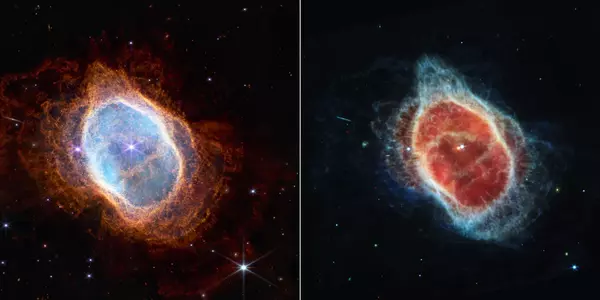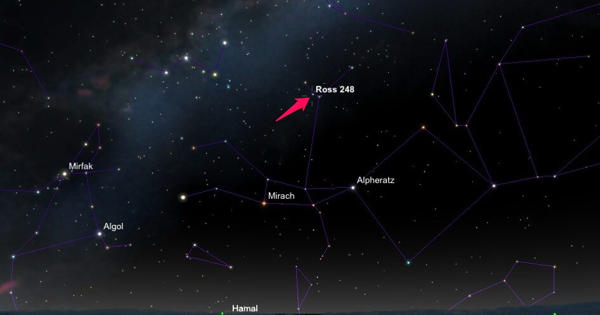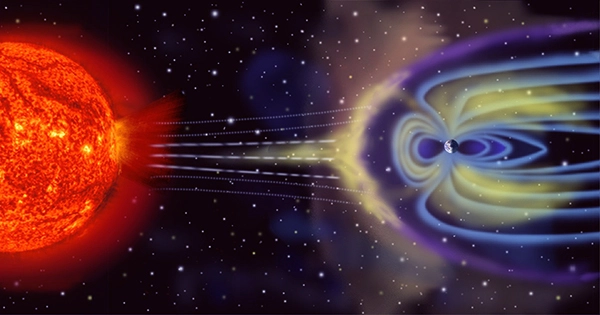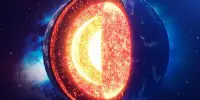A planetary nebula (PN, plural PNe) is a type of emission nebula composed of an expanding, glowing shell of ionized gas ejected from red giant stars late in their lives. It is a type of astronomical object that forms in the late stages of the evolution of a star. A planetary nebula, despite its name, has nothing to do with planets. The term was coined in the 18th century by astronomers who saw these objects through small telescopes and thought they looked like blurry discs of planets.
The term “planetary nebula” is misleading because they are unrelated to planets. When a low- to intermediate-mass star, typically between 0.8 and 8 times the mass of our Sun, runs out of nuclear fuel, a planetary nebula forms. As the star’s core runs out of hydrogen fuel, it begins to evolve into a red giant. During this phase, the star’s outer layers expand and become unstable. The term derives from the planet-like round shape of these nebulae observed by astronomers using early telescopes.
The term was first used in the 1780s by the English astronomer William Herschel, who described these nebulae as resembling planets; however, as early as January 1779, the French astronomer Antoine Darquier de Pellepoix described the Ring Nebula as “very dim but perfectly outlined; it is as large as Jupiter and resembles a fading planet.” Though the modern interpretation is different, the old term is still used.

The star’s outer layers are eventually shed in a series of stellar winds, releasing a shell of gas and dust into space. The star’s exposed hot core emits intense ultraviolet radiation, which ionizes the expelled gas, causing it to glow and form a nebula. A planetary nebula is a glowing shell of gas and dust that we see.
Planetary nebulae range in size and shape from roughly spherical to more intricate and asymmetric structures. A variety of factors influence their appearance, including the star’s mass, rotation, magnetic fields, and interactions with nearby objects such as binary companions or interstellar material.
A planetary nebula has a relatively short lifespan on astronomical timescales, typically lasting only a few tens of thousands of years. The glowing nebula will eventually disperse into the surrounding interstellar medium, and the star’s remaining core, known as a white dwarf, will cool down over billions of years.
Astronomers value planetary nebulae because they shed light on stellar evolution and the enrichment of the interstellar medium with heavy elements produced within stars. They also contribute to the cosmic recycling process because the material ejected by planetary nebulae can be used to form future generations of stars and planetary systems.
















